Double take: Mehdi Ghadyanloo uses the art of illusion to reveal truths

In October last year, Iranian artist Mehdi Ghadyanloo completed a major public commission in Boston for the Rose Kennedy Greenway project. Emblazoned across a 5,230 sq ft wall opposite the city’s South Station, Ghadyanloo’s uplifting trompe l’oeil mural appears to slice the building open to reveal a line of men, women and children inside, each holding a red helium balloon as they ascend a spiral staircase. At the top of the staircase, which stops short of the ceiling, a single giant balloon slips into the blue sky through an opening in the roof. The mural, called Spaces of Hope, symbolised a positive vision for the future of US Iran relations; one that has been made all the more poignant by Donald Trump’s recent travel ban, under which Ghadyanloo would no longer be permitted to enter the country.
Picking up where the Boston mural left off, a new off-site show of Ghadyanloo’s work, put together by Howard Griffin Gallery, has recently opened at London’s 14,000 sq ft Ambika P3 space. Working with the same title, ‘Spaces of Hope’ gathers new canvases and etchings, as well as a dramatic sculpture that hangs from P3’s 10m-high ceiling. Throughout the darkened industrial space, a haunting, specially-commissioned soundscape by DJ Seth Troxler plays out, creating the perfect atmospheric setting for Ghadyanloo’s disorientating works.
On his canvases, all created within the last two years, clean-lined architectural forms sit in barren landscapes inspired by his home country, while powerless, faceless figures stand helplessly trapped above or inside, looking towards the exit; which is often, frustratingly, just out of reach. ‘I had these ideas when I was working on walls in Tehran,’ says Ghadyanloo, referring to the some 100 murals that he was commissioned to paint in his home city by its beautification bureau over a seven year period. ‘But these,’ he says, gesturing to the canvases, ‘these were not suitable for the public; people would have committed suicide if they had seen them! I feel a responsibility, especially for Tehran, because there, people there are on the edge, you know. I was one of them.’
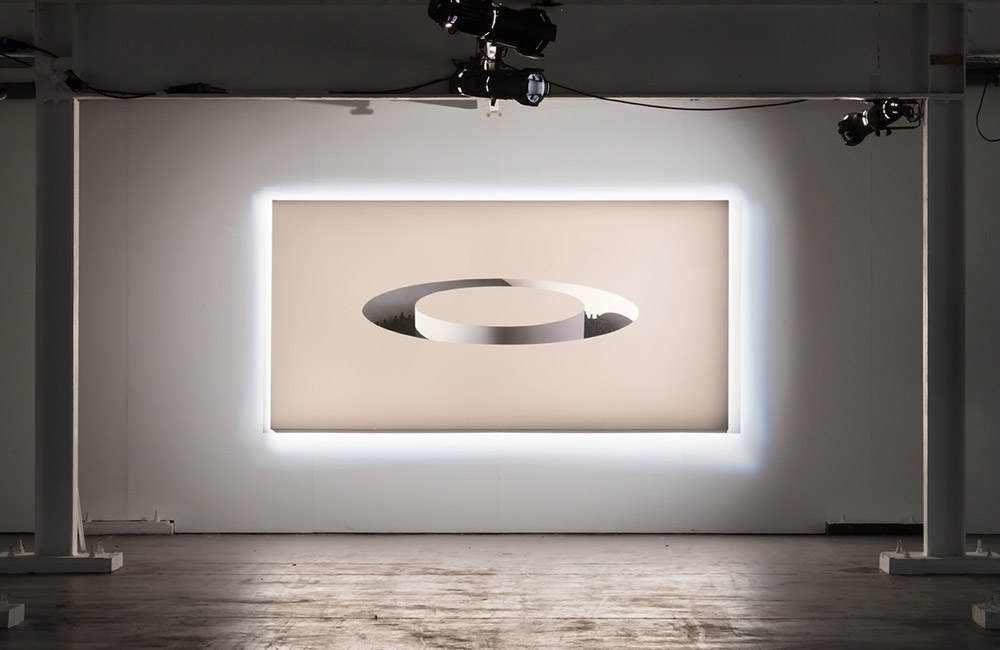
Installation view of ‘An Introduction To Stay’
In addition to the powerful canvases, a collection of intricate etchings are displayed along a corridor that sits in the centre of the subterranean space. Beyond this, P3’s cavernous triple-height space plays host to a 3D printed sculpture work that brings a scene depicted in one of Ghadyanloo’s etchings to life. Here, a huddle of faceless figures cling to a rope for dear life, suspended above a pool of water – an element that Ghadyanloo notes, is a nod to Japanese artist Noriyuki Haraguchi. In the vast space, the effect is like stepping inside his canvas.
While his colourful commissioned mural works have led to him being simplistically coined as Iran’s answer to Banksy by the press, Ghadyanloo is more inclined to draw comparisons with European surrealist painters such as Magritte, Girgio de Chirico and the minimal lines of modernist 20th century architects such as Le Corbusier. The dark themes in his work, he says, are informed directly by his harrowing experiences of growing up on a farm in Iran under conditions of war and economic sanction. ‘Painting is like therapy to me,’ he explains.
In more recent years, the opportunity to travel that his success has provided has equipped him with a fresh perspective. ‘I’ve found lots of connections between humans,’ he muses of his globe-trotting. ‘No matter where you grew up, what your religion is. There is no difference between us. We are all searching for hope, we are all looking for light.’
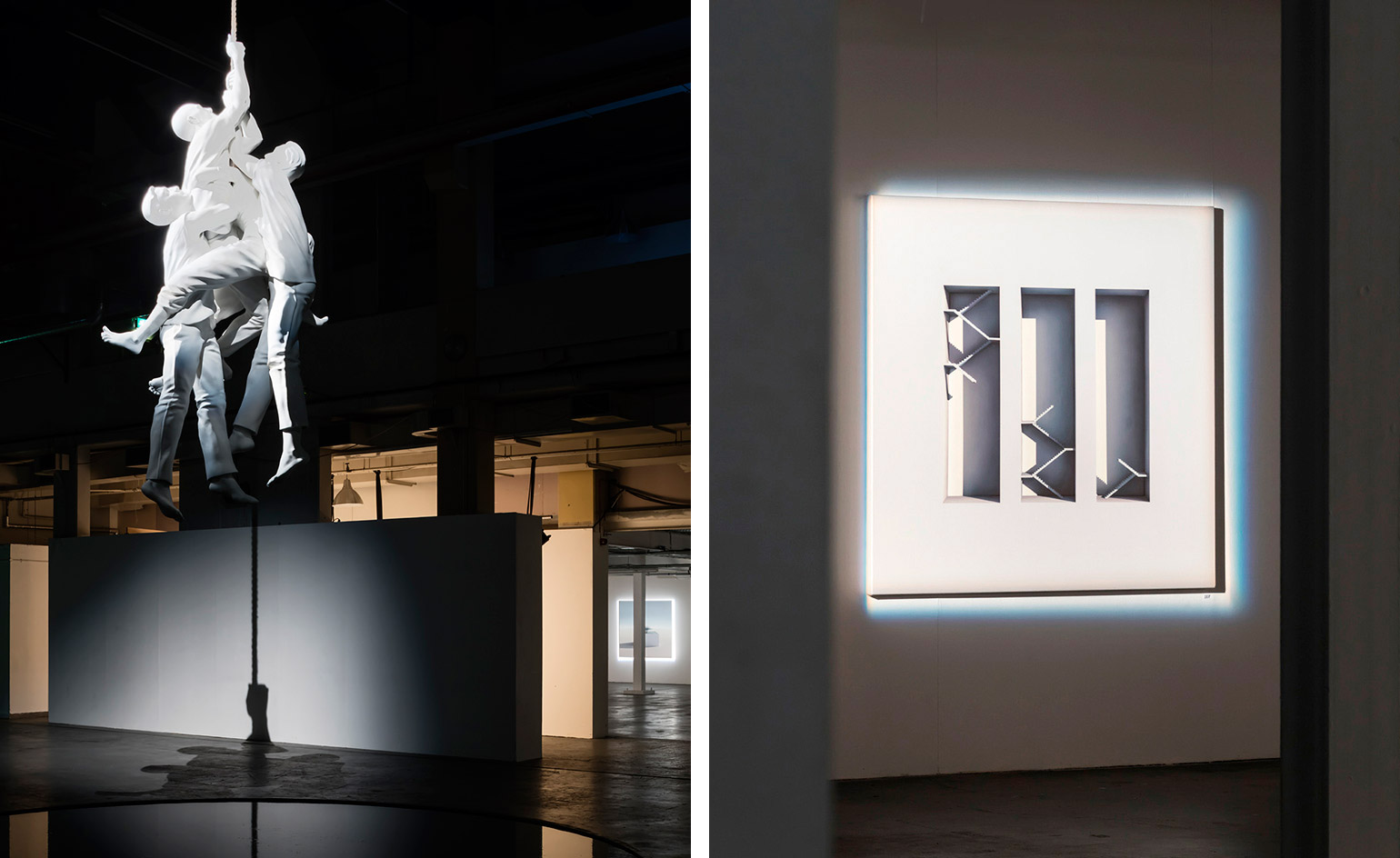
Left, a dramatic sculpture hangs from Ambika’s 10m-high ceiling. Right, Early Redemption
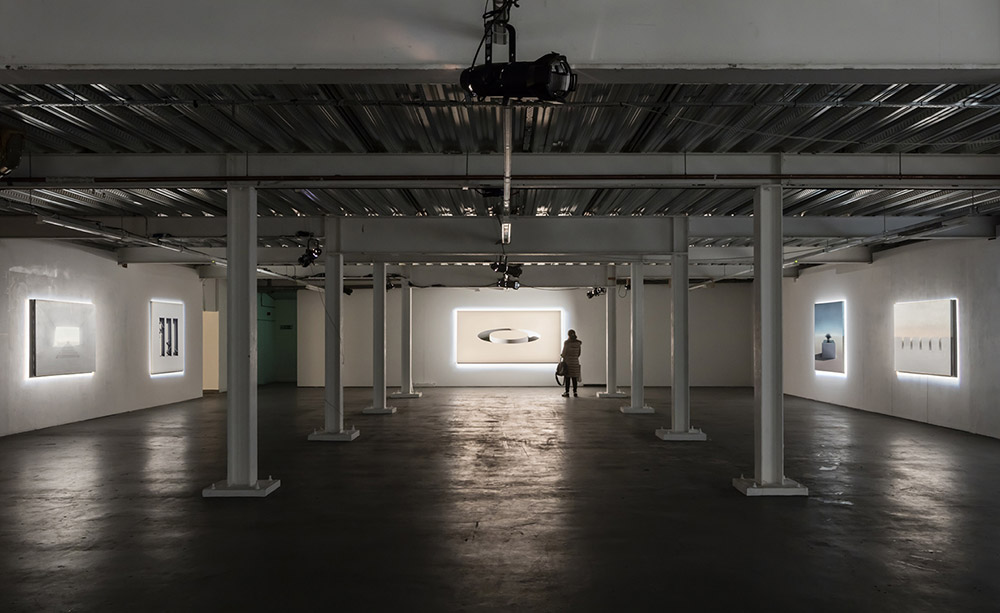
‘Spaces of Hope’ gathers new canvases and etchings
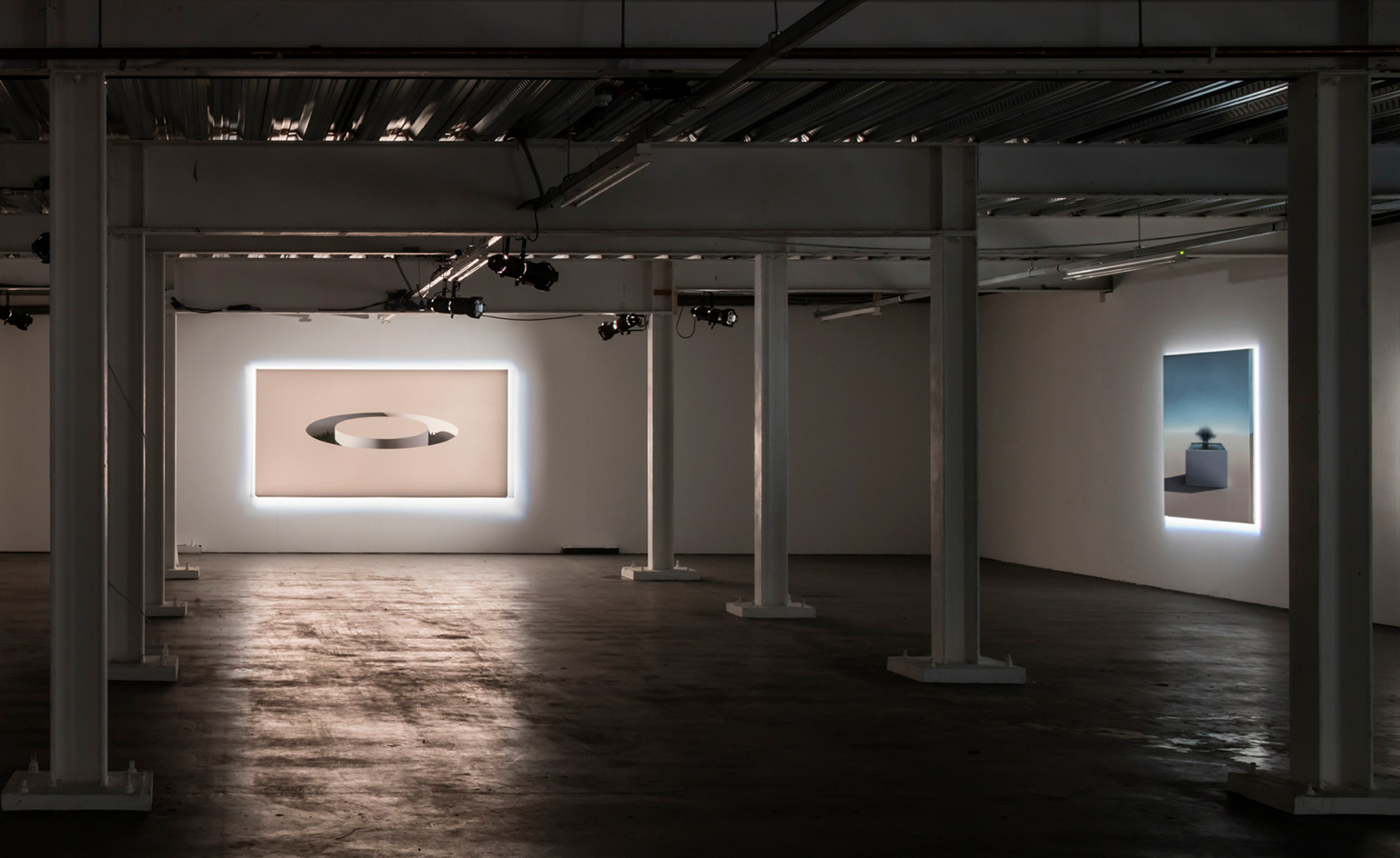
From left, An Introduction To Stay; and Routine Exercise
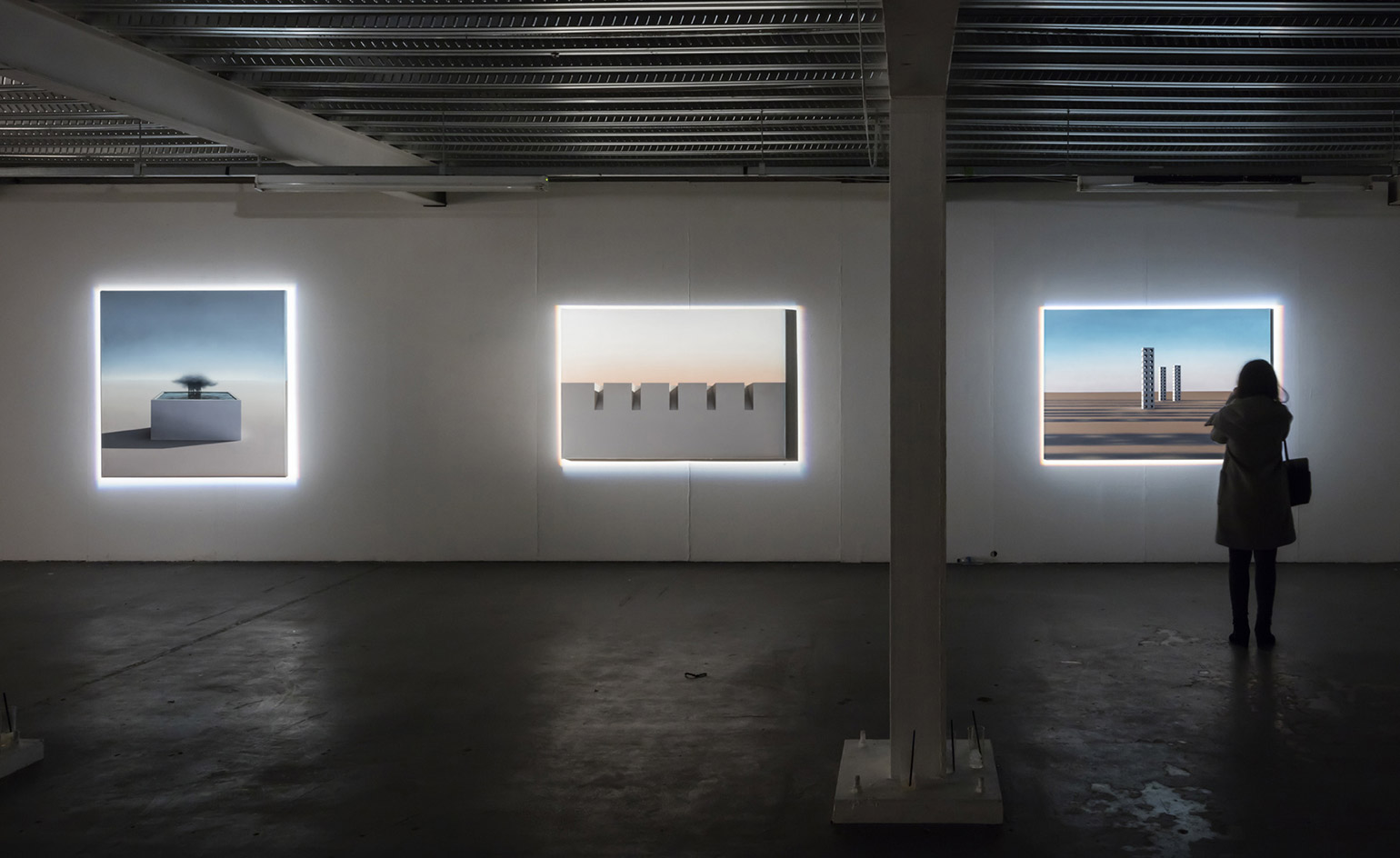
Routine Exercise; Genealogy Of isolation (Seclusion); and The City of Hope
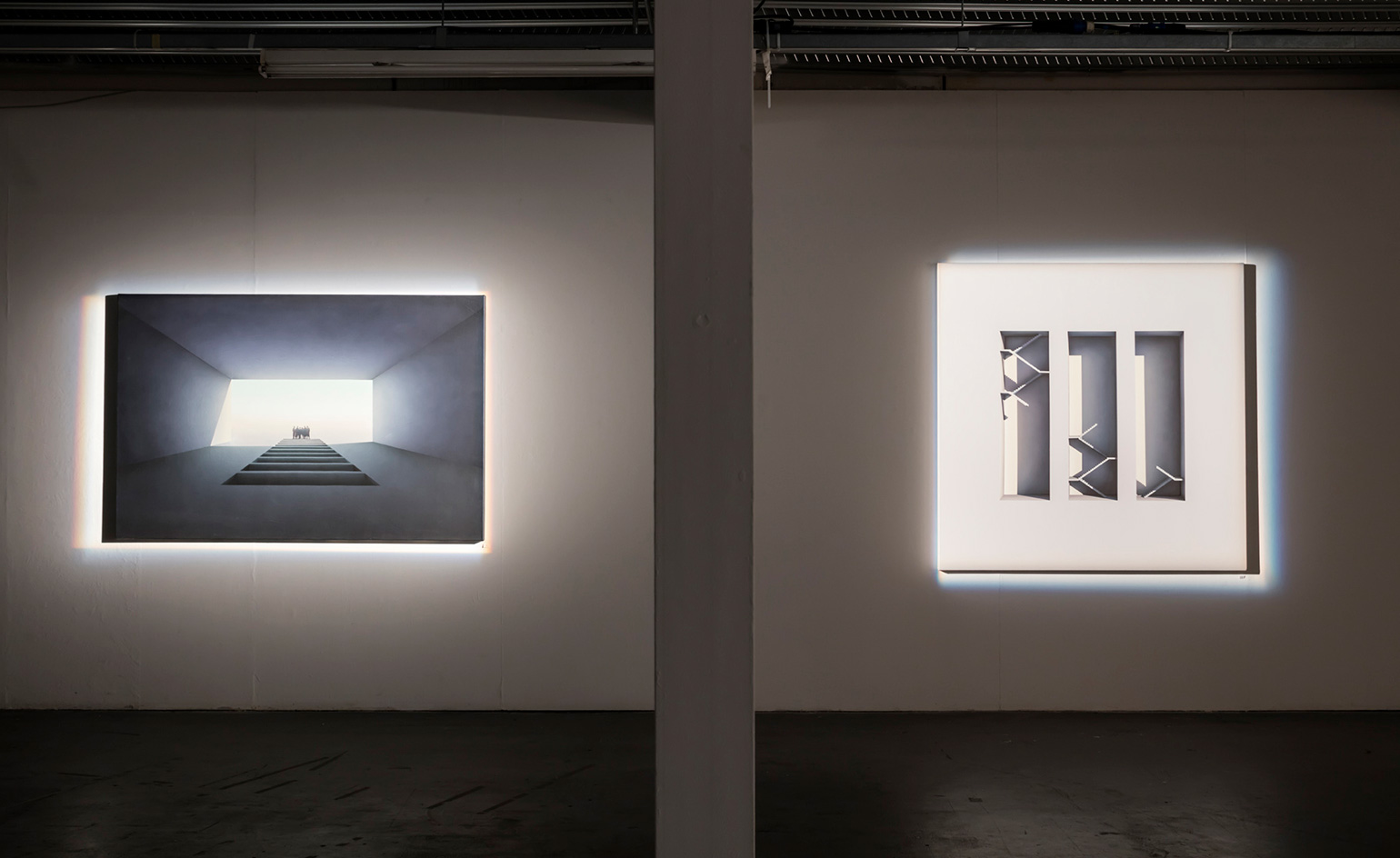
Deadened Profits; and Early Redemption
INFORMATION
’Spaces of Hope’ (an off-site project by Howard Griffin Gallery) is on view until 5 March. For more information, visit the Howard Griffin Gallery website
ADDRESS
Ambika P3
35 Marylebone Road
London NW1 5LS
Receive our daily digest of inspiration, escapism and design stories from around the world direct to your inbox.
Ali Morris is a UK-based editor, writer and creative consultant specialising in design, interiors and architecture. In her 16 years as a design writer, Ali has travelled the world, crafting articles about creative projects, products, places and people for titles such as Dezeen, Wallpaper* and Kinfolk.
-
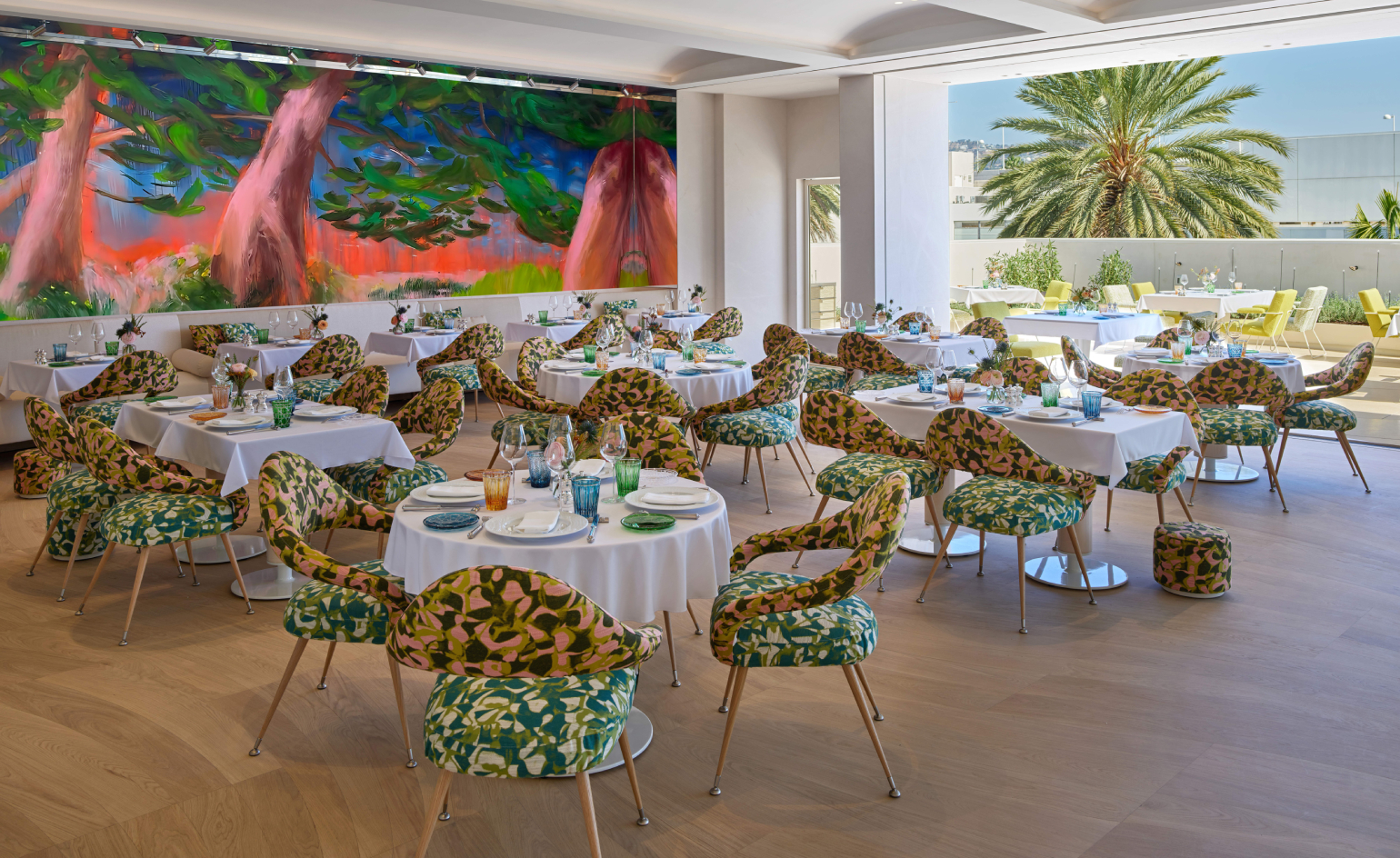 Dior’s new Beverly Hills dining salon raises the bar for couture cuisine
Dior’s new Beverly Hills dining salon raises the bar for couture cuisineFrom Peter Marino’s onyx bar and faceted mirrored walls to Nicole Wittenberg’s vast, immersive botanical canvas, Dior’s first restaurant outside Paris is here
-
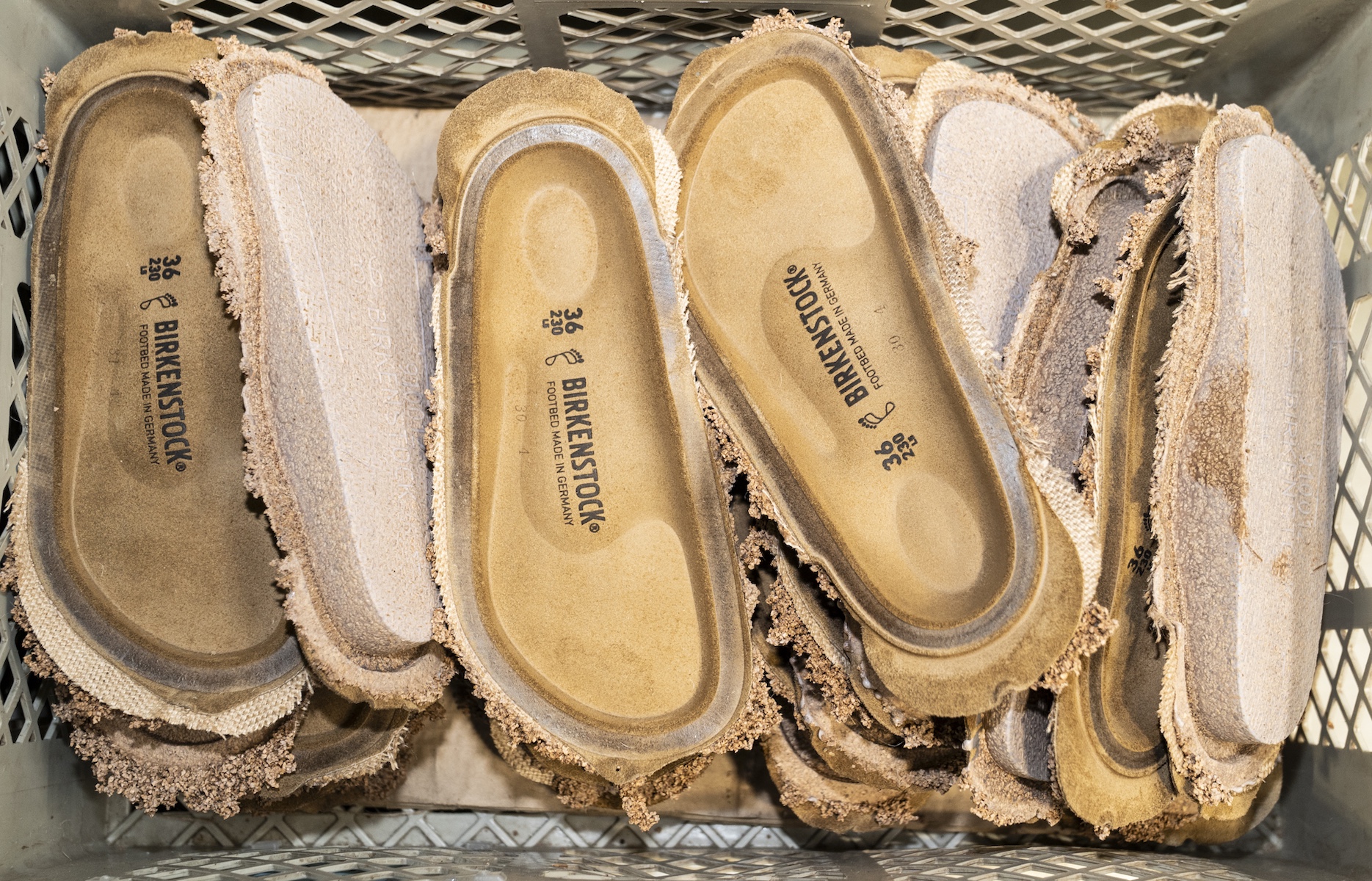 Inside the factory where your Birkenstocks are made
Inside the factory where your Birkenstocks are madePart high-tech laboratory, part artisanal workshop, the German factory straddles past and future. For Wallpaper*, Stuart Brumfitt takes a rare tour
-
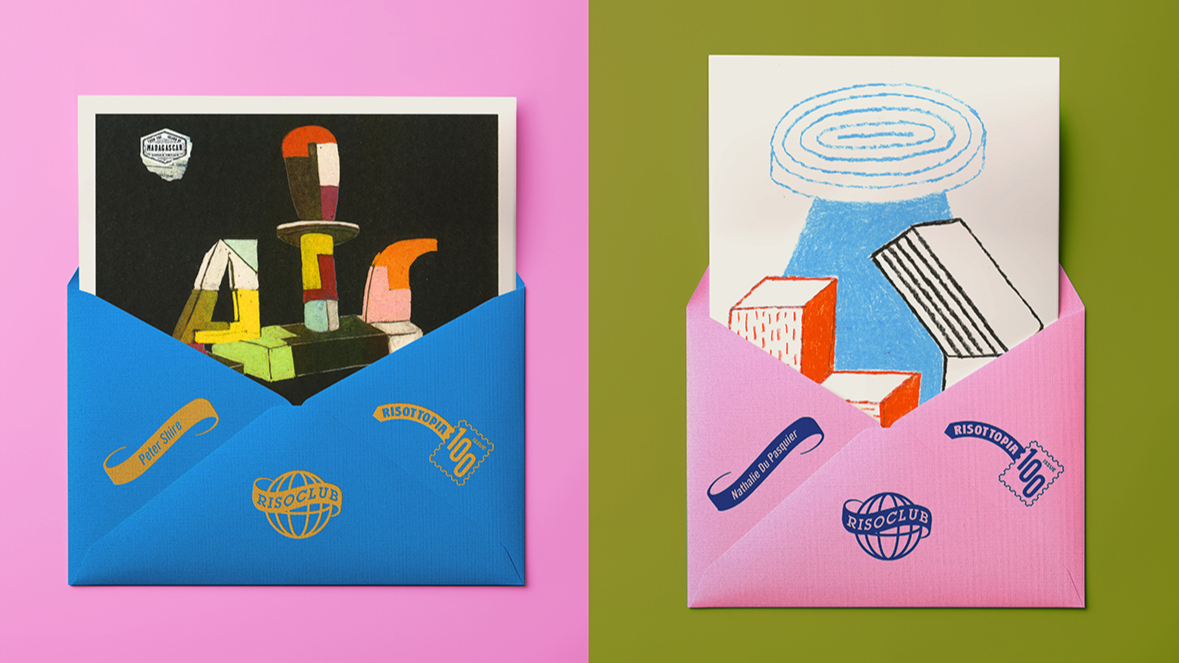 Nathalie Du Pasquier, Peter Shire and Barbara Stauffacher Solomon create exclusive artworks for Riso Club
Nathalie Du Pasquier, Peter Shire and Barbara Stauffacher Solomon create exclusive artworks for Riso ClubGlasgow print studio Risotto celebrates the 100th issue of its monthly Riso Club – a hand-printed, hand-posted subscription that has grown from a small artist exchange into a global community
-
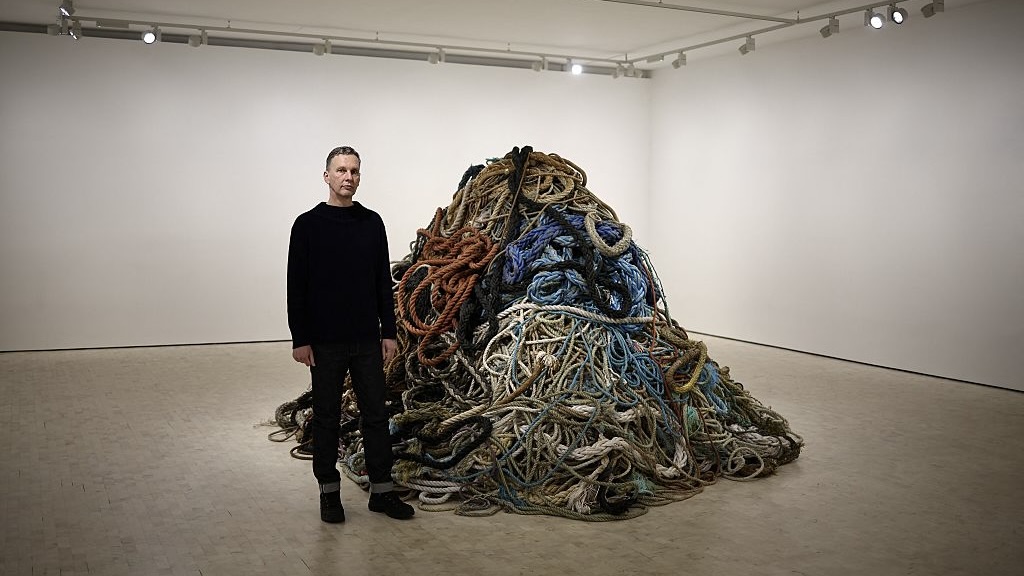 David Shrigley is quite literally asking for money for old rope (£1 million, to be precise)
David Shrigley is quite literally asking for money for old rope (£1 million, to be precise)The Turner Prize-nominated artist has filled a London gallery with ten tonnes of discarded rope, priced at £1 million, slyly questioning the arbitrariness of artistic value
-
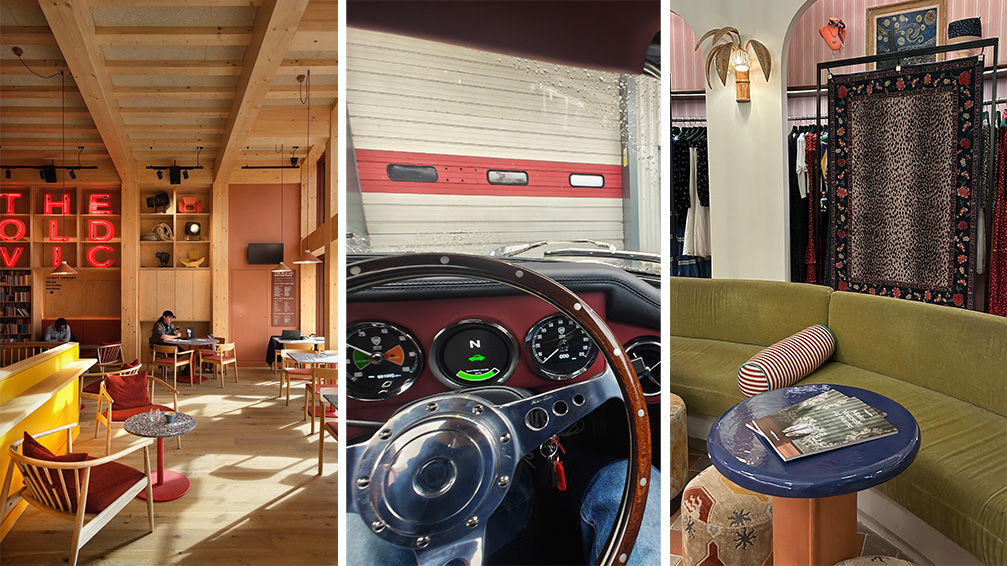 Out of office: The Wallpaper* editors’ picks of the week
Out of office: The Wallpaper* editors’ picks of the weekThe rain is falling, the nights are closing in, and it’s still a bit too early to get excited for Christmas, but this week, the Wallpaper* team brought warmth to the gloom with cosy interiors, good books, and a Hebridean dram
-
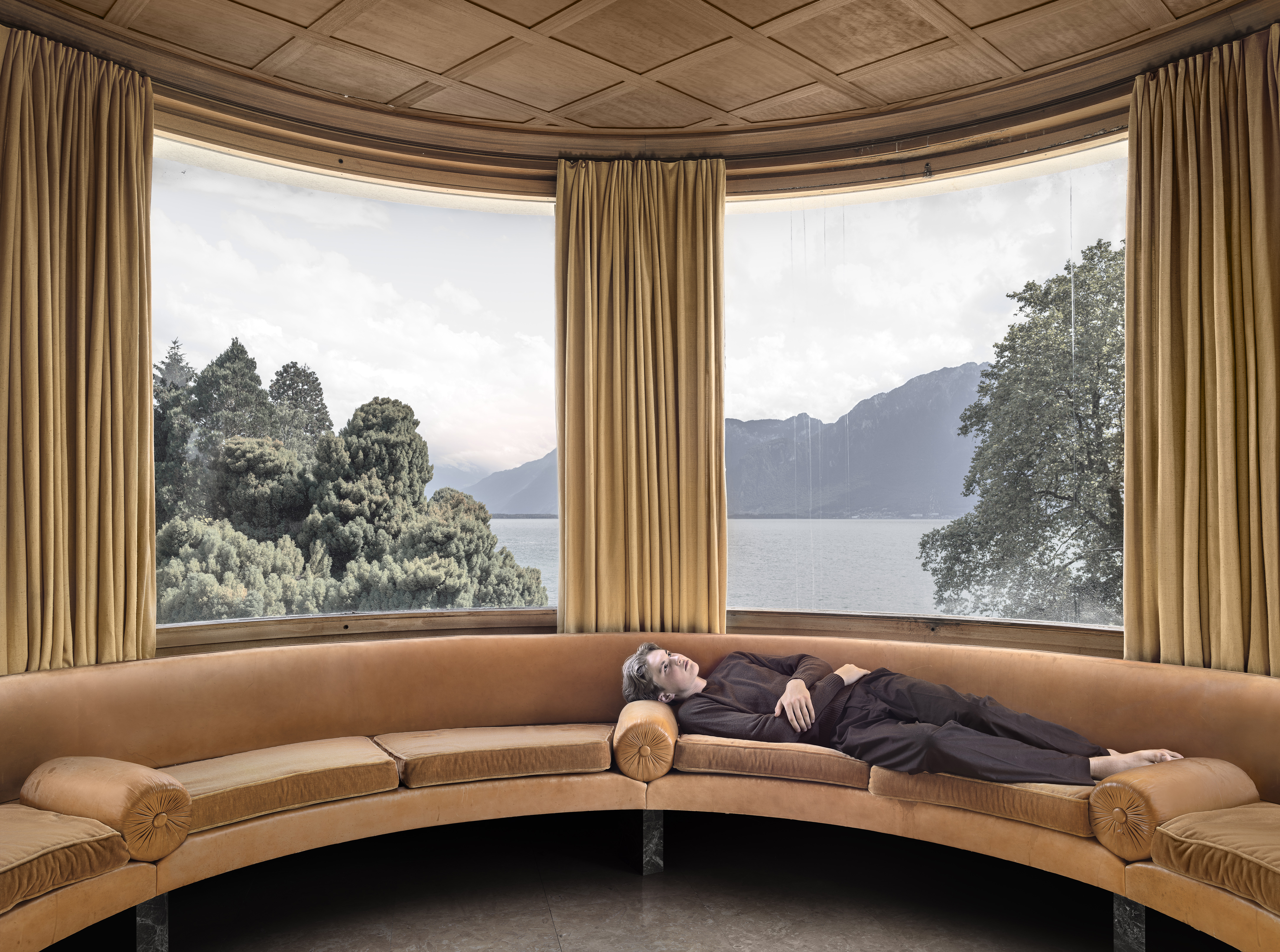 A former leprosarium with a traumatic past makes a haunting backdrop for Jaime Welsh's photographs
A former leprosarium with a traumatic past makes a haunting backdrop for Jaime Welsh's photographsIn 'Convalescent,' an exhibition at Ginny on Frederick in London, Jaime Welsh is drawn to the shores of Lake Geneva and the troubled history of Villa Karma
-
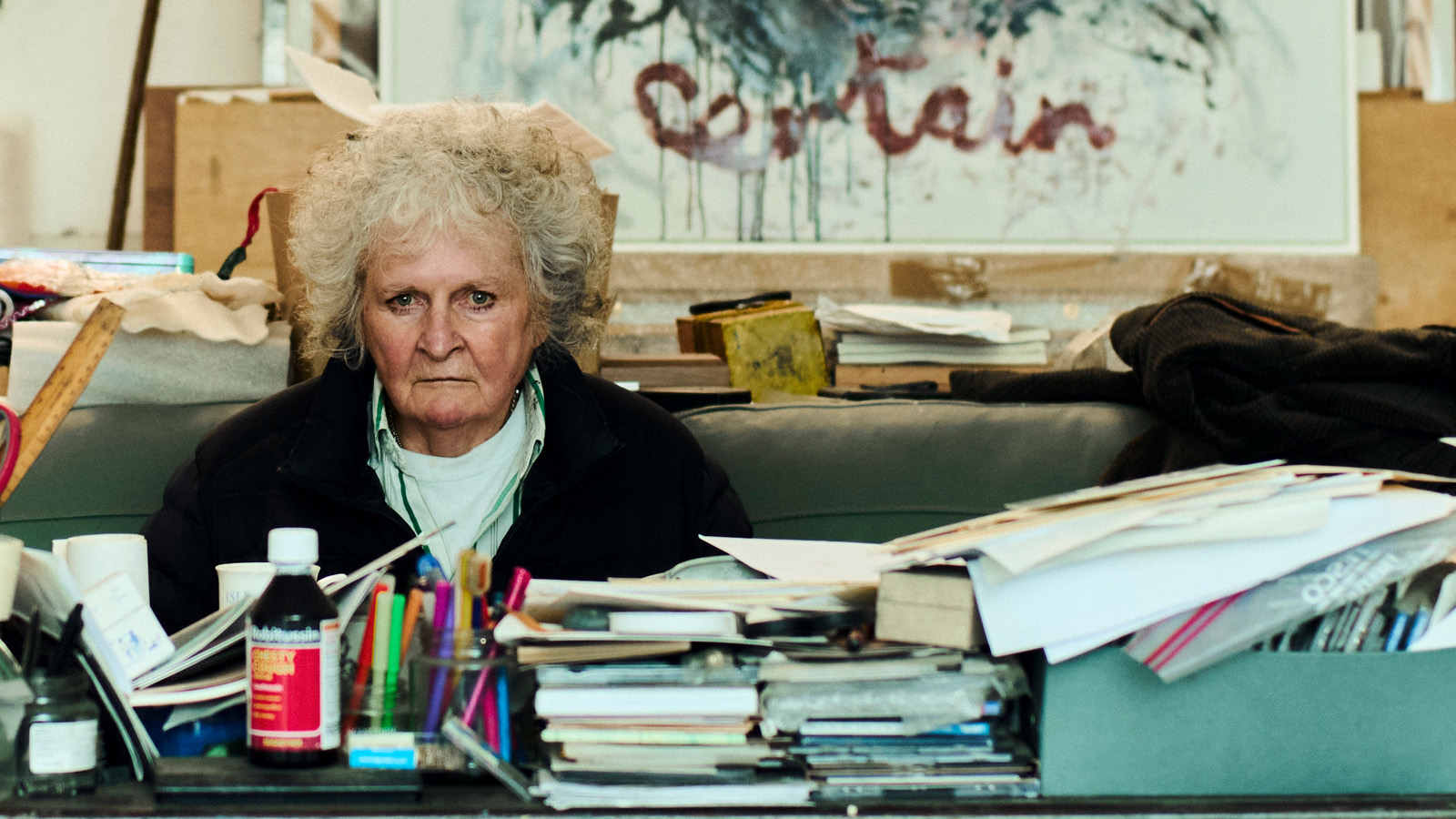 Maggi Hambling at 80: what next?
Maggi Hambling at 80: what next?To mark a significant year, artist Maggi Hambling is unveiling both a joint London exhibition with friend Sarah Lucas and a new Rizzoli monograph. We visit her in the studio
-
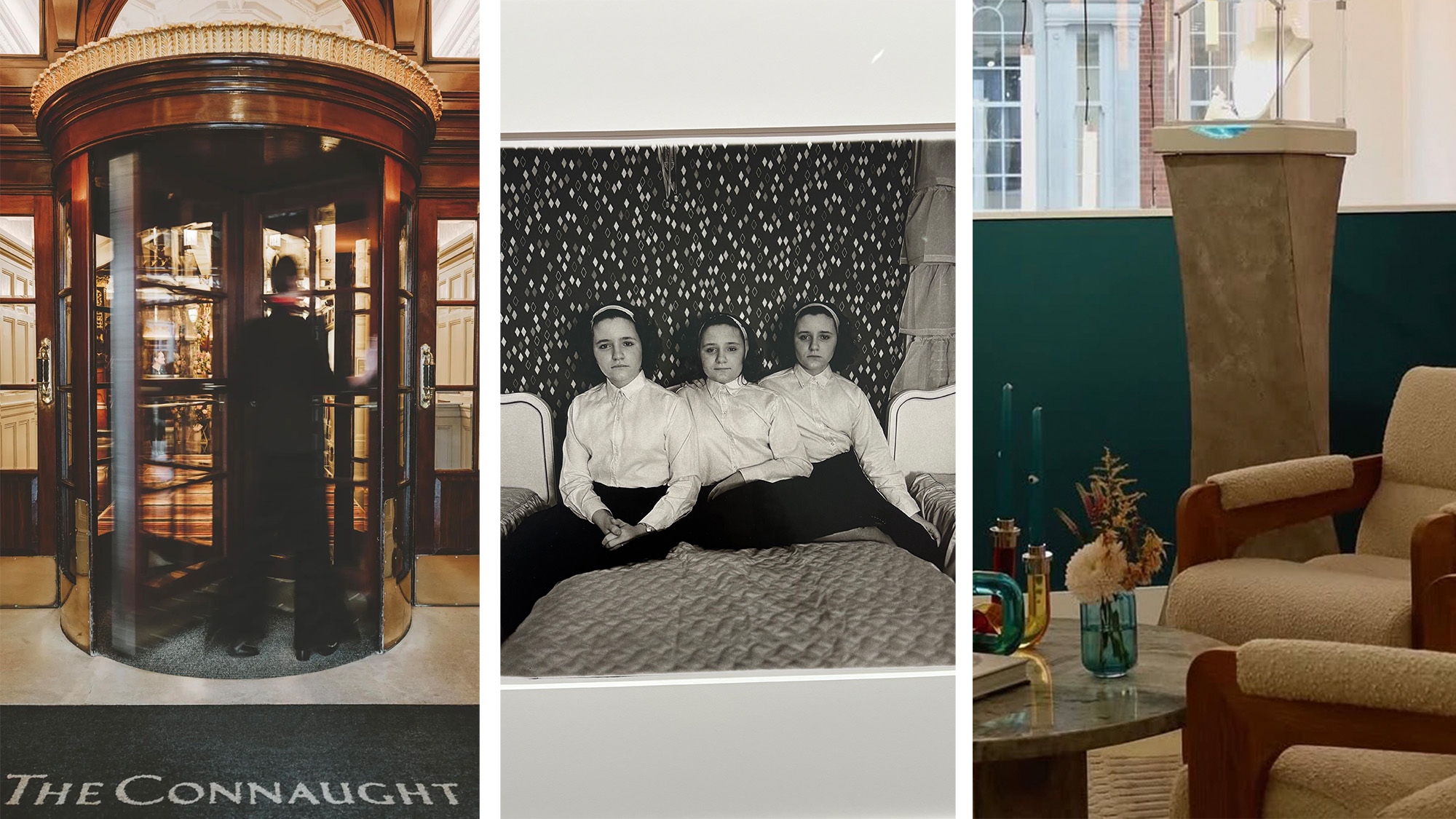 Out of office: The Wallpaper* editors’ picks of the week
Out of office: The Wallpaper* editors’ picks of the weekThis week, the Wallpaper* editors curated a diverse mix of experiences, from meeting diamond entrepreneurs and exploring perfume exhibitions to indulging in the the spectacle of a Middle Eastern Christmas
-
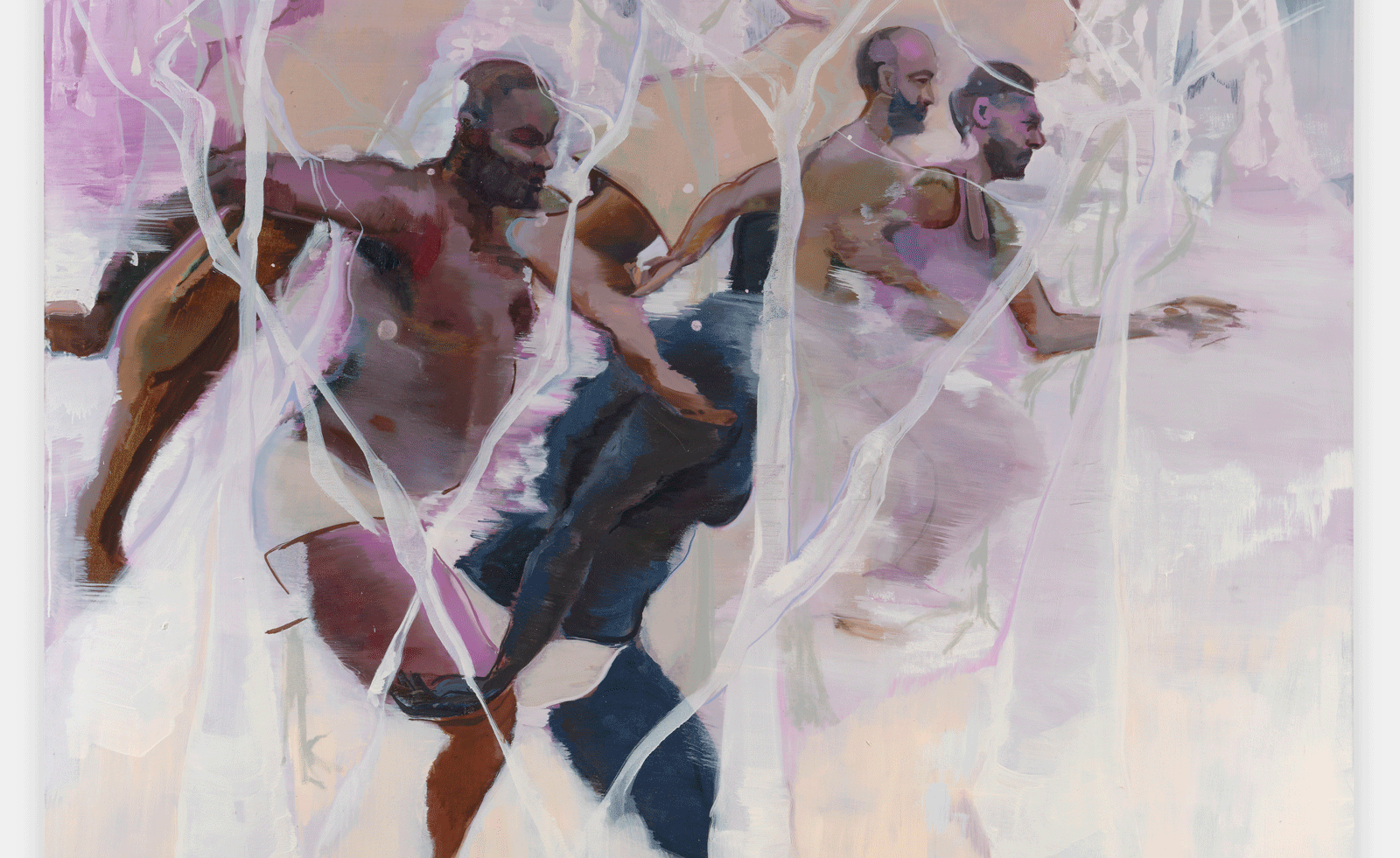 Artist Shaqúelle Whyte is a master of storytelling at Pippy Houldsworth Gallery
Artist Shaqúelle Whyte is a master of storytelling at Pippy Houldsworth GalleryIn his London exhibition ‘Winter Remembers April’, rising artist Whyte offers a glimpse into his interior world
-
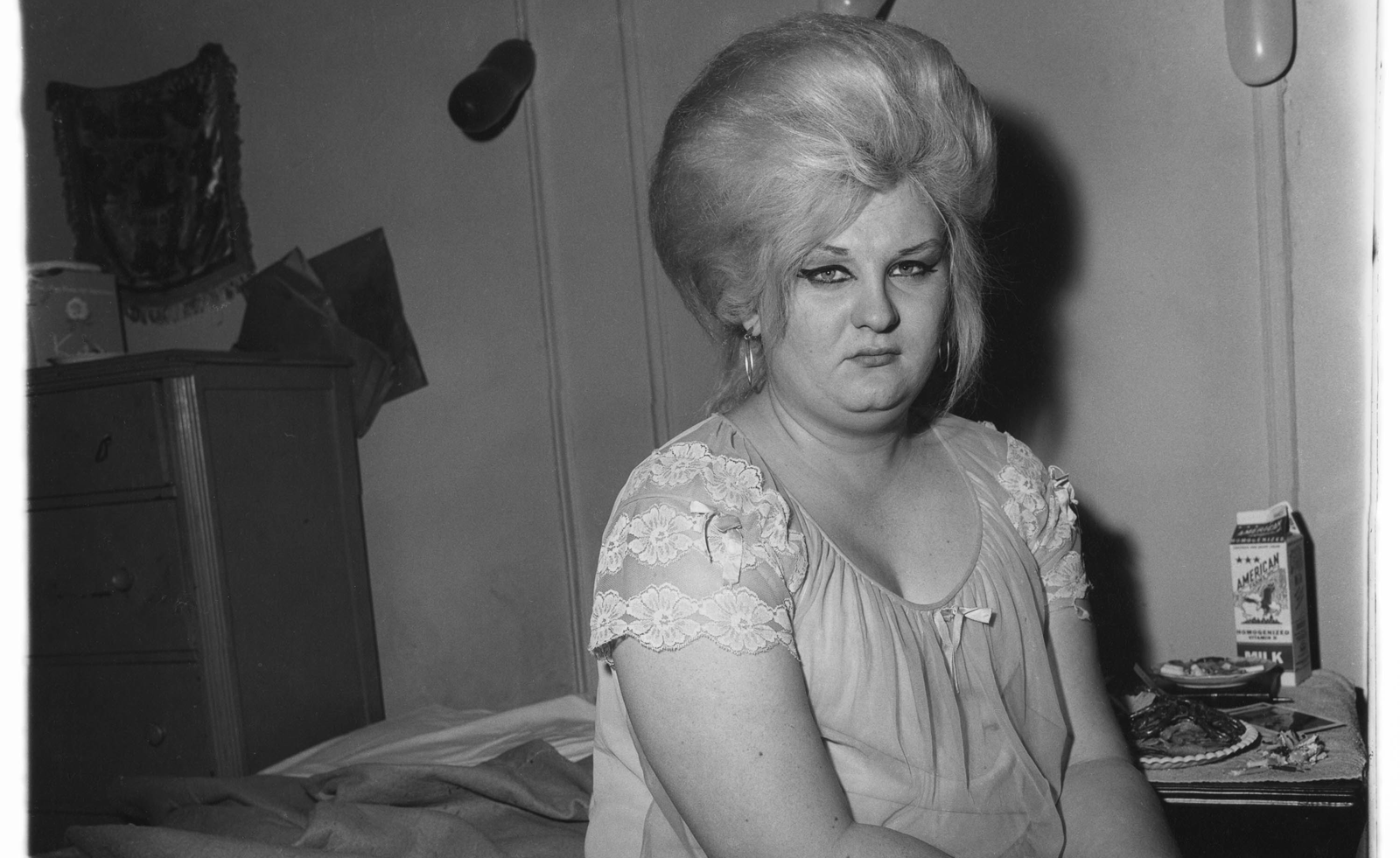 Diane Arbus at David Zwirner is an intimate and poignant tribute to her portraiture
Diane Arbus at David Zwirner is an intimate and poignant tribute to her portraitureIn 'Diane Arbus: Sanctum Sanctorum,' 45 works place Arbus' subjects in their private spaces. Hannah Silver visits the London exhibit.
-
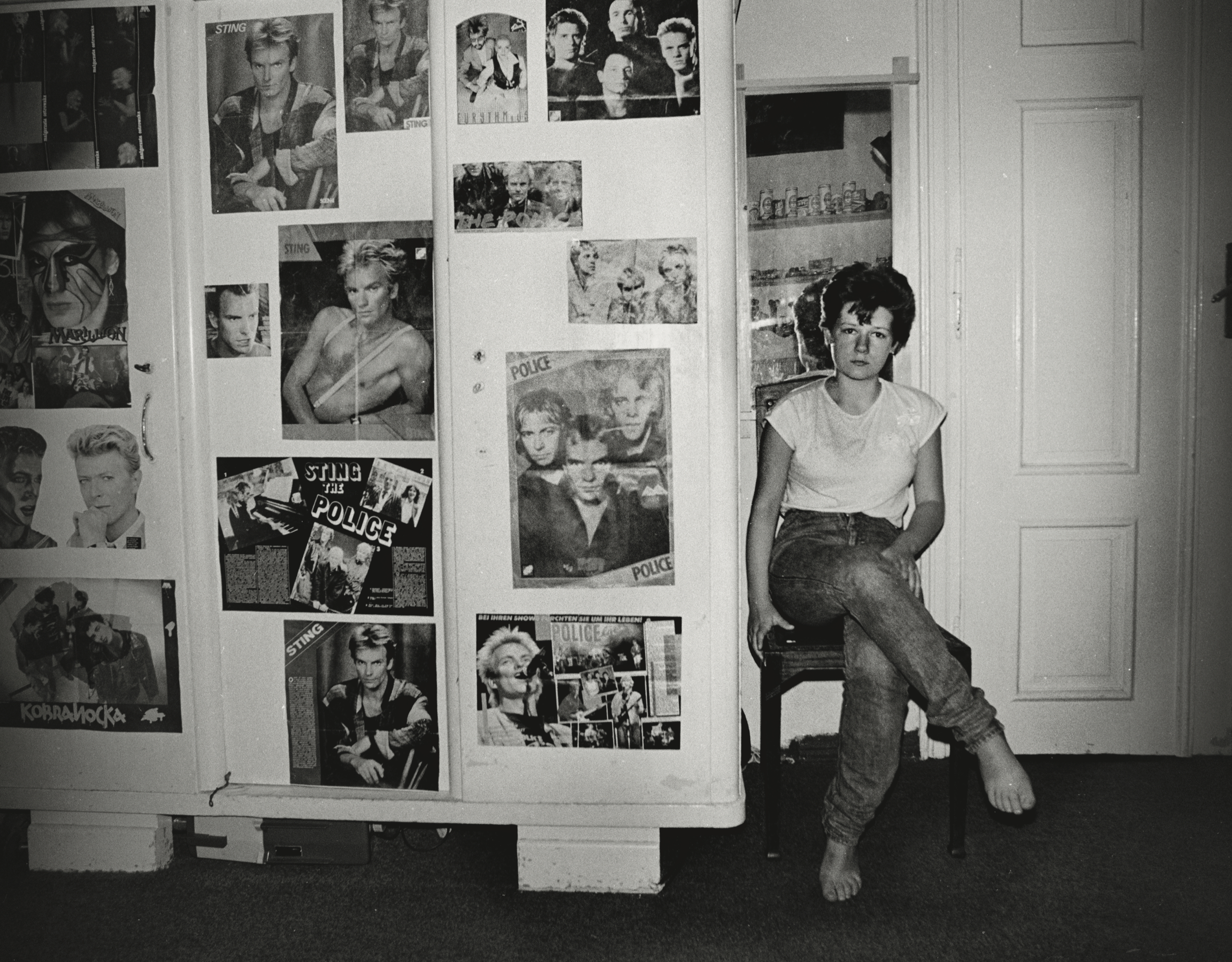 Zofia Rydet's 20-year task of photographing every household in Poland goes on show in London
Zofia Rydet's 20-year task of photographing every household in Poland goes on show in LondonZofia Rydet took 20,000 images over 20 years for the mammoth sociological project